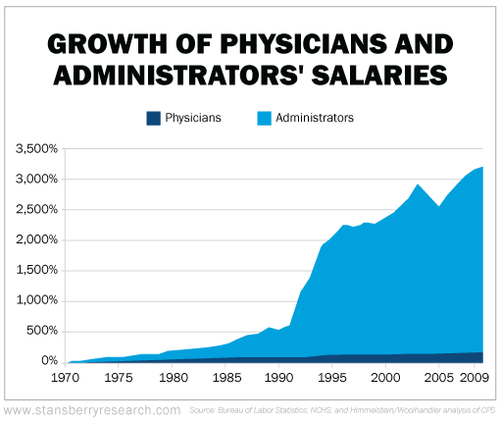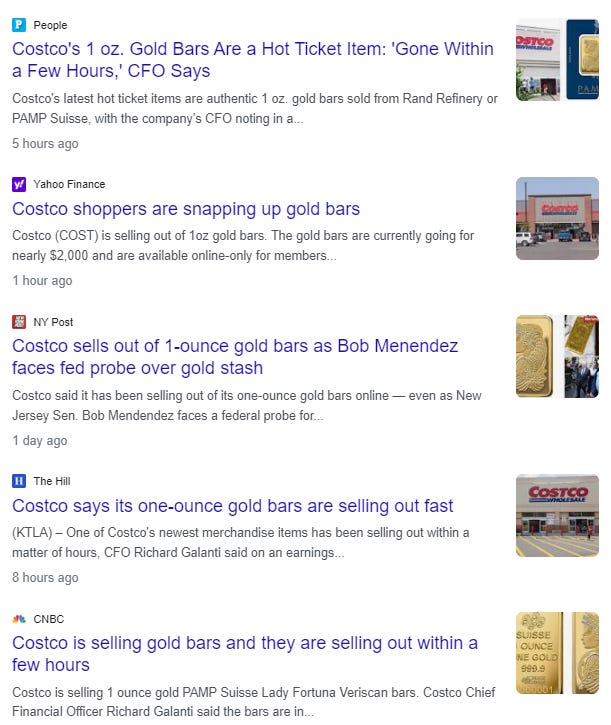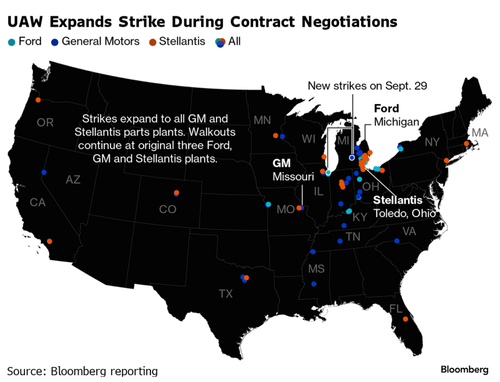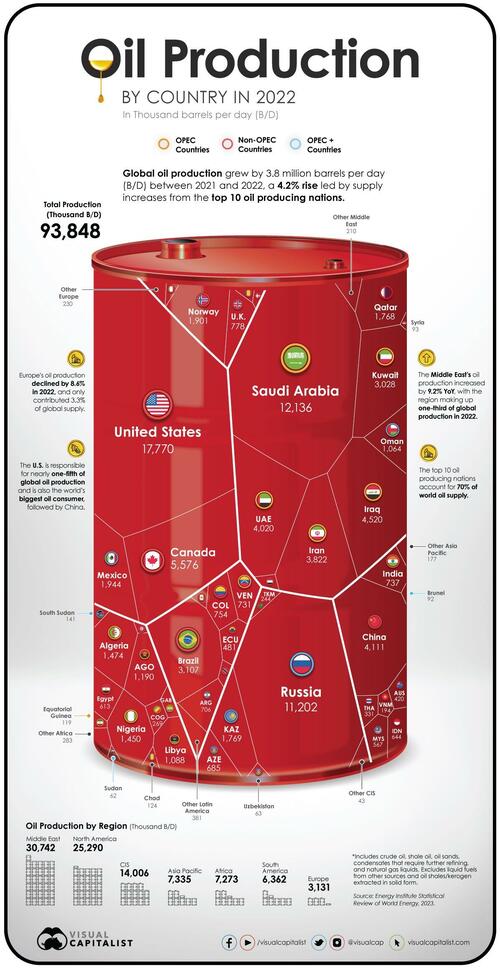Unlike Ilya, I have been delinquent in posting information on upcoming speaking engagements. I forgot to let readers know about my talk to the University of Michigan Law School Federalist Society chapter on climate change policy (with a response by Prof. Rachel Rothschild), my presentation of my paper, “Standing without Injury” at the University of Chicago Constitutional Law Institute’s Standing Doctrine Conference, and my participation in a panel on “Can Corporations Be Sued for Global Warming?” at the annual Cox Center for Internatinal Law Conference on “Climate Change and International Law at a Crossroad.”
Perhaps most importantly, I neglected to note my participation in this year’s “IronConLawProf” event sponsored by CWRU’s Federalist Society chapter. This is a particularly fun event, in which professors are recruited to stage a mock oral argument for a case pending before the Supreme Court. What makes the event particularly fun (and inspired the name) is that the participating professors do not know which side they will have to argue until the start of the event. This year’s case was Loper Bright Enterprises v. Raimando (the Chevron case), and I drew the government, so I had to do my best Elizabeth Prelogar impersonation. My colleague Prof. Jessie Hill was stuck arguing that Chevron should be overturned.
Here is a brief listing of public speaking engagements I have scheduled for the balance of the semester. (I’ll update this list if additional events arise.)
On October 5, I’ll be speaking at a Federal Bar Association, Northern District of Ohio Chapter CLE program at the, “Administrative Procedures Act Seminar: History, Interpretations, and Latest Rulings from the Bench.” Other speakers include Profs. Emily Bremer of Notre Dame and Christopher Walker of Michigan. The event is 9am-1pm at the Carl B. Stokes Courthouse in Cleveland. Registration info is here.
On October 10, I will be speaking to the Federalist Society student chapter at Harvard Law School on “Environental Federalism: States as Laboratories of Environmental Policy.” Prof. James Salzman will provide critical commentary. Details here.
On October 17, I will be speaking at mid-day to the Federalist Society student chapter at the University of Chicago on “Why the EPA Will Not Save Us from Climate Change.”
On October 24, I will be making two Federalist Society chapter talks in Washington, D.C. First, at noontime, I will be speaking to the student chapter at George Washington University Law School again on “Why the EPA Will Not Save Us from Climate Change.”
At 5pm that day, I will speak to the student chapter at the Georgetown University Law Center on the Roberts Court and my claim that the Court is (by historical measures) relatively restrained. Prof. Josh Chafetz will be on hand to heartily disagree.
On October 27, I will be a panelist on “State Constitutions and Climate Change” sponsored by the State Democracy Research Initiative at the University of Wisconsin Law School. Other speakers include Retired Justice Michael Wilson of the Hawaii Supreme Court, Dean Elizabeth Kronk Warner (S.J. Quinney College of Law), Professor Shelley Welton (Penn Carrey Law School), and Professor Miriam Seifter (Wisconsin).
The post Upcoming Speaking Engagements appeared first on Reason.com.
from Latest https://ift.tt/xsmKhAH
via IFTTT
















 U.S.
U.S. Saudi Arabia
Saudi Arabia Russia
Russia Canada
Canada Iraq
Iraq China
China UAE
UAE Iran
Iran Brazil
Brazil Kuwait
Kuwait Mexico
Mexico Norway
Norway Kazakhstan
Kazakhstan Qatar
Qatar Algeria
Algeria Nigeria
Nigeria Angola
Angola Libya
Libya Oman
Oman UK
UK Colombia
Colombia India
India Venezuela
Venezuela Argentina
Argentina Azerbaijan
Azerbaijan Indonesia
Indonesia Egypt
Egypt Malaysia
Malaysia Ecuador
Ecuador Australia
Australia Thailand
Thailand Congo
Congo Turkmenistan
Turkmenistan Vietnam
Vietnam Gabon
Gabon South Sudan
South Sudan Peru
Peru Chad
Chad Equatorial
Equatorial Syria
Syria Italy
Italy Brunei
Brunei Yemen
Yemen Trinidad
Trinidad Romania
Romania Denmark
Denmark Uzbekistan
Uzbekistan Sudan
Sudan Tunisia
Tunisia